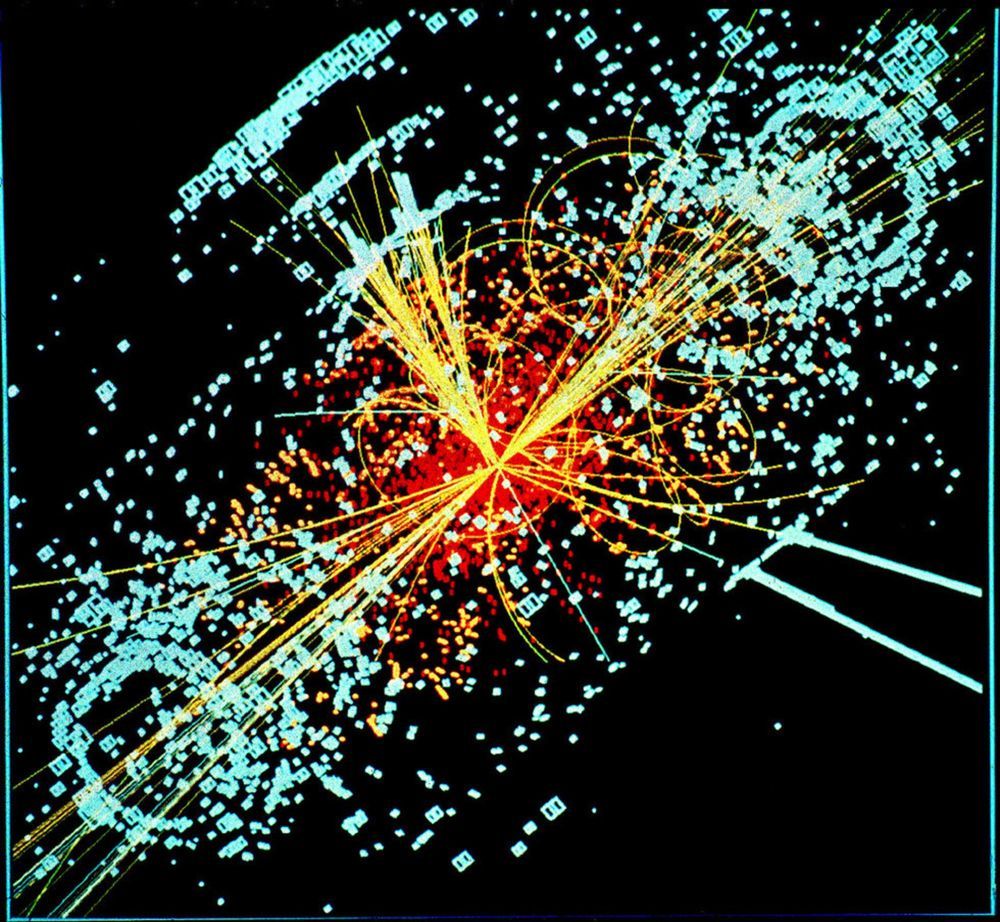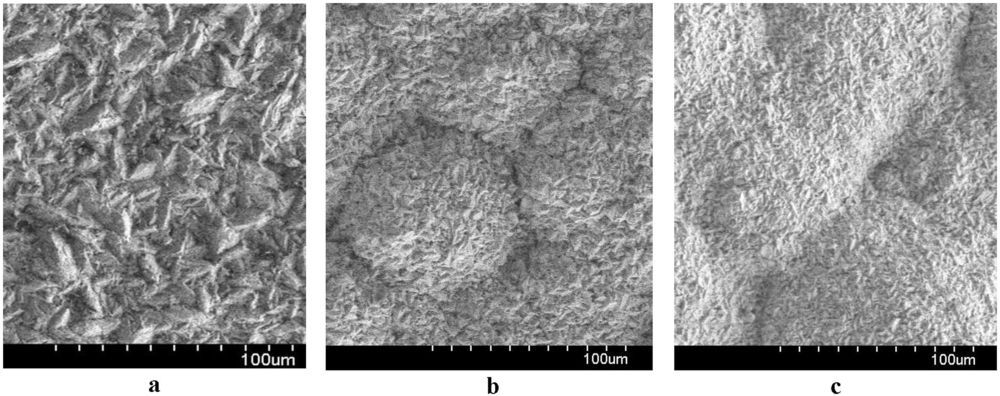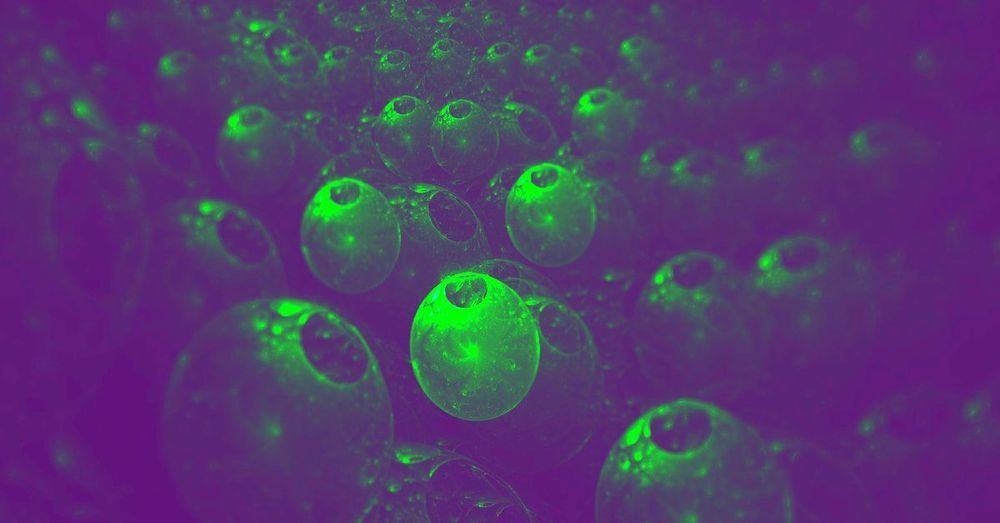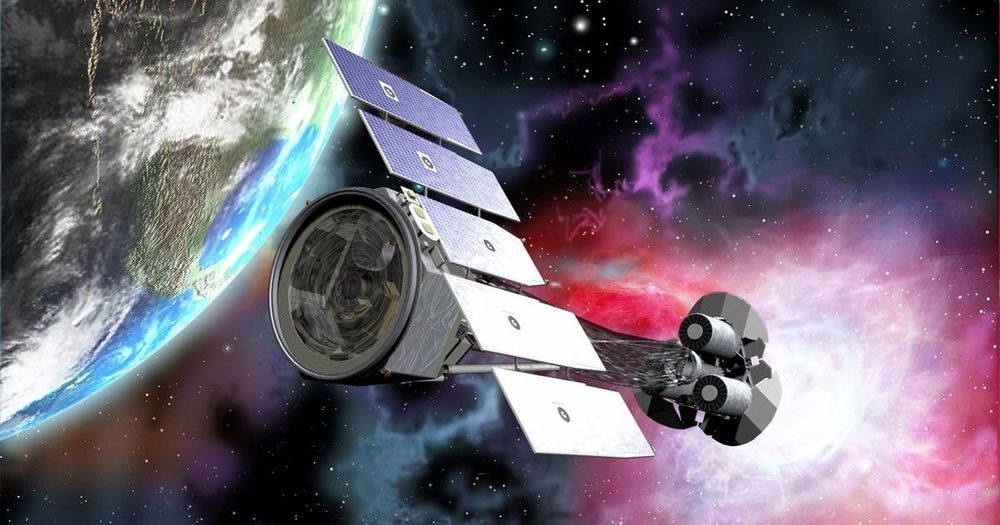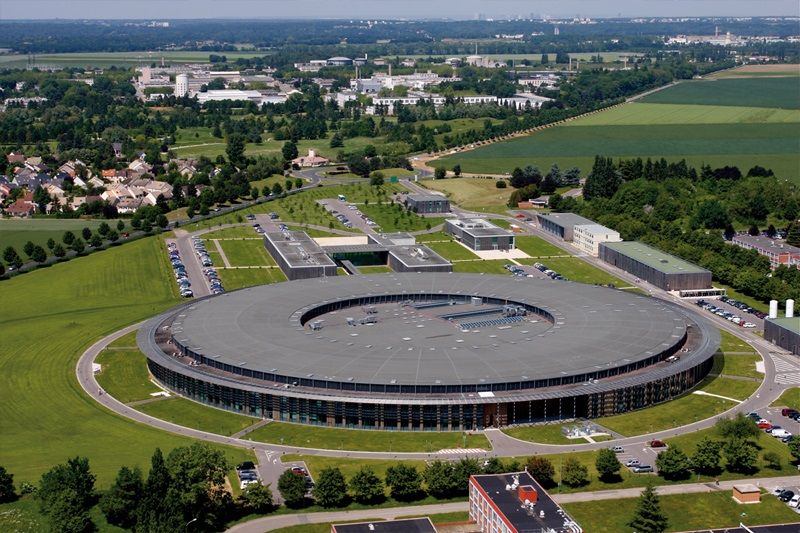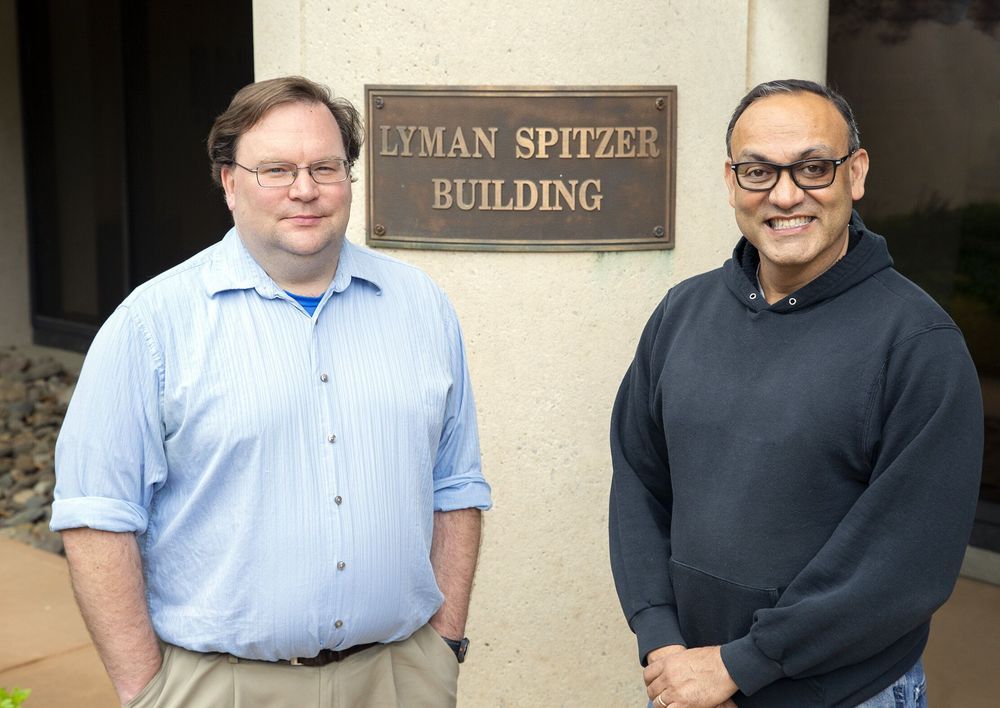You can amplify light by bouncing it between the horizons of a black hole and a white hole. Now physicists have worked out how to build such a device in the lab.
Archive for the ‘physics’ category: Page 240
Jul 24, 2019
Towards a light driven molecular assembler
Posted by Paul Battista in categories: biological, chemistry, nanotechnology, physics
A team of chemists built the first artificial assembler, which uses light as the energy source. These molecular machines are performing synthesis in a similar way as biological nanomachines. Advantages are fewer side products, enantioselectivity, and shorter synthetic pathways since the mechanosynthesis forces the molecules into a predefined reaction channel.
Chemists usually synthesize molecules using stochastic bond-forming collisions of the reactant molecules in solution. Nature follows a different strategy in biochemical synthesis. The majority of biochemical reactions are driven by machine-type protein complexes that bind and position the reactive molecules for selective transformations. Artificial “molecular assemblers” performing “mechanosynthesis” have been proposed as a new paradigm in chemistry and nanofabrication. A team of chemists at Kiel University (Germany) built the first artificial assembler, that performs synthesis and uses light as the energy source. The system combines selective binding of the reactants, accurate positioning, and active release of the product. The scientists published their findings in the journal Communications Chemistry.
The idea of molecular assemblers, that are able to build molecules, has already been proposed in 1986 by K. Eric Drexler, based on ideas of Richard Feynman, Nobel Laureate in Physics. In his book “Engines of Creation: The Coming Era of Nanotechnology” and follow-up publications Drexler proposes molecular machines capable of positioning reactive molecules with atomic precision and to build larger, more sophisticated structures via mechanosynthesis. If such a molecular nanobot could build any molecule, it could certainly build another copy of itself, i.e. it could self-replicate. These imaginative visions inspired a number of science fiction authors, but also started an intensive scientific controversy.
Jul 12, 2019
Physicists Accidentally Discover a Self-Destruct Button for the Entire Universe
Posted by Quinn Sena in category: physics
I think this type of thinking could also create a force field to protect against collapse. o.o! circa 2016.
Unfortunately, humanity will never see it coming.
Jul 11, 2019
Electromagnetic radiation protection shields developed
Posted by Quinn Sena in categories: education, nanotechnology, physics
The environment contains electromagnetic radiation and magnetic fields of natural and artificial origin. Even a short electromagnetic pulse is enough to knock any equipment out of operation. Candidate of Sciences (Physics and Mathematics) Aleksey Trukhanov, senior research fellow at the SUSU Nanotechnologies Research and Education Center, is studying electrolytic films to develop electromagnetic and magnetic shields capable of neutralizing this radiation.
“The issue of electromagnetic compatibility of devices is very topical today. One of the most popular methods of equipment protection used around the world is shielding—creating electromagnetic and magnetic shields. But every developer has his own design approaches and secrets, which he naturally wouldn’t share. Suffice it to say that the cost of products with and without protective shielding may differ tenfold and more,” says Trukhanov.
Normally, heavy elements are used as the material for shielding, as they efficiently absorb high-energy radiation. Bismuth is a heavy metal with high density and high number of shell electrons. This makes it analogous to such widely used materials as lead. However, in the ratio of the protection efficiency to mass-size parameters (as well as with consideration to the ecological aspect) bismuth is the best option.
Jul 11, 2019
The Chrysalis Conjecture: Solution to the Fermi Paradox?
Posted by Quinn Sena in categories: biological, existential risks, physics
It appears that the physics of information holds the key to the solution of the Fermi Paradox — indications are that we most likely live in a “Syntellect Chrysalis” (or our “second womb”) instead of a “cosmic jungle.”
Within the next few decades, we’ll transcend our biology by leaving today’s organic Chrysalis behind, by leaving our second womb, by leaving our cradle, if speaking in tropes.
This particular version of “human universe” is what we “see” from within our dimensional cocoon, it’s a construct of our minds but by no means represents objective reality “out there” including our most advanced models such as M-theory that are only approximations at best.
Jul 10, 2019
SpaceX Scores NASA Contract to Launch Black Hole Spacecraft
Posted by Quinn Sena in categories: cosmology, physics, space travel
“We cannot directly image what’s going on near objects like black holes and neutron stars, but studying the polarization of X-rays emitted from their surrounding environments reveals the physics of these enigmatic objects,” Paul Hertz, director of NASA’s astrophysics division, said in a statement at the time. The project, he said, “will open a new window on the universe for astronomers to peer through.”
A preliminary launch date is set for April 2021 on a Falcon 9 rocket from Launch Complex 39A in Florida. It’s unlikely it will take up the full payload of the rocket, as SpaceNews.com points out.
READ MORE: SpaceX contracted by NASA to launch black hole and neutron star research craft [TechCrunch].
Jul 9, 2019
Has metallic hydrogen been made at long last?
Posted by Genevieve Klien in category: physics
Jul 8, 2019
The Magnetohydrodynamic Drive Is Real—and You Can Build One
Posted by Quinn Sena in categories: entertainment, physics
I know it’s an old movie (and it was an even older book before that), but I want to look at the physics of the special submarine drive in The Hunt for Red October. In the story, the Russians build a so-called “caterpillar drive” using hydro-magneto power instead of the traditional propeller. This new drive is way quieter than the traditional type—so quiet that it could sneak up on the United States and blow it up. Spoiler alert: It doesn’t.
Here is the cool part: This magnetohydrodynamic drive, which turns water into a sort of rotor, is a real thing. (Although technically in the book version this drive is something other than magnetohydrodynamic. Quibbles.) In fact, it’s pretty simple to build. All you really need is a battery, a magnet, and some wires. Oh, also this will have to operate in salt water, so you might need some salt. Here is the basic setup.
You’ve read your last complimentary article this month. To read the full article, SUBSCRIBE NOW. If you’re already a subscriber, please sign in and and verify your subscription.
Jul 8, 2019
Tiny granules can help bring clean and abundant fusion power to Earth
Posted by Quinn Sena in categories: computing, physics, space travel
Beryllium, a hard, silvery metal long used in X-ray machines and spacecraft, is finding a new role in the quest to bring the power that drives the sun and stars to Earth. Beryllium is one of the two main materials used for the wall in ITER, a multinational fusion facility under construction in France to demonstrate the practicality of fusion power. Now, physicists from the U.S. Department of Energy’s (DOE) Princeton Plasma Physics Laboratory (PPPL) and General Atomics have concluded that injecting tiny beryllium pellets into ITER could help stabilize the plasma that fuels fusion reactions.
Experiments and computer simulations found that the injected granules help create conditions in the plasma that could trigger small eruptions called edge-localized modes (ELMs). If triggered frequently enough, the tiny ELMs prevent giant eruptions that could halt fusion reactions and damage the ITER facility.
Scientists around the world are seeking to replicate fusion on Earth for a virtually inexhaustible supply of power to generate electricity. The process involves plasma, a very hot soup of free-floating electrons and atomic nuclei, or ions. The merging of the nuclei releases a tremendous amount of energy.
Jul 7, 2019
Fermi Paradox: First Contact with Alien Syntellects in Extra Dimensions is More Than a Possibility
Posted by Quinn Sena in categories: alien life, existential risks, physics
I used to think that we live in some sort of a “cosmic jungle”, so the Zoo Hypothesis (like Star Trek Prime Directive) should be the correct explanation to the Fermi Paradox, right? I wouldn’t completely rule out this hypothesis insofar as a theorist Michio Kaku allegorically compares our earthly civilization to an “anthill” next to the “ten-lane superhighway” of a galactic-type civilization. Over time, however, I’ve come to realize that the physics of information holds the key to the solution of the Fermi Paradox — indications are we most likely live in a “syntellect chrysalis” instead of a “cosmic jungle.”
Just like a tiny mustard seed in the soil, we’ll get to grow out of the soil, see “the light of the day” and network by roots and pollen with others, at the cosmic level of emergent complexity — as a civilizational superorganism endowed with its own advanced extradimensional consciousness. So, one day our Syntellect, might “wake up” as some kind of a newborn baby of the intergalactic family (or multiversal family, for that matter – that remains to be seen) within the newly perceived reality framework. Call it the Chrysalis Conjecture, if you’d like.*.

